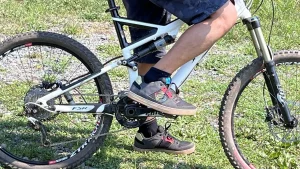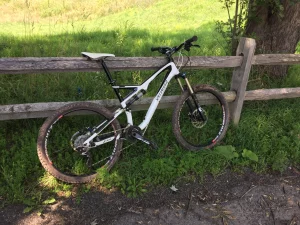What is Handlebar Palsy?

Have you ever experienced numbness, tingling, or weakness in your hands after a long bike ride? If so, you may have experienced handlebar palsy, a condition that affects cyclists due to prolonged pressure on the ulnar nerve in the wrist. Also known as cyclist’s palsy or ulnar neuropathy, handlebar palsy can be a frustrating and painful condition that can impact your ability to ride comfortably and safely. In this blog post, we’ll explore what handlebar palsy is, what causes it, and how to prevent and treat it so you can keep riding strong and pain-free.
Table of Contents
An Overview of Handlebar Palsy
Handlebar palsy, also known as cyclist’s palsy, is a condition that affects cyclists and is caused by prolonged pressure on the ulnar nerve in the wrist. It typically occurs during long-distance or prolonged cycling, and can affect both mountain bike and road cyclists. The ulnar nerve is one of the major nerves in the arm that runs from the neck, through the arm and into the hand. It controls sensation in the little finger and half of the ring finger, as well as the movement of some small muscles in the hand.
Symptoms
- Numbness or tingling sensation in the little finger, ring finger and the associated side of the hand
- Weakness or clumsiness in the affected hand, making it difficult to grip
- Pain or aching sensation in the forearm
- In severe cases, muscle wasting (atrophy) in the hand
Treatment
- Rest
- Physical therapy
- Medication or surgery in extreme cases
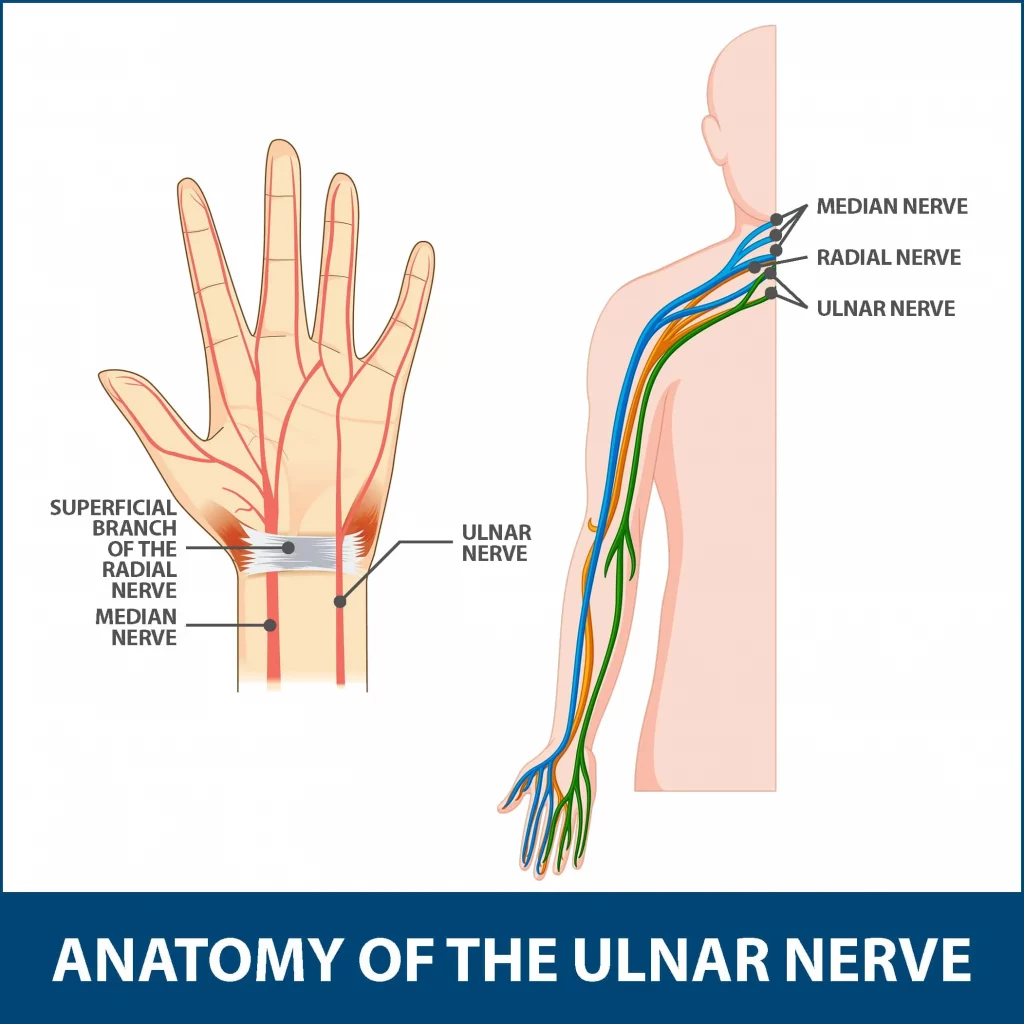
It’s important to address handlebar palsy early to prevent long-term nerve damage. The condition is usually temporary if the compression is relieved, but prolonged compression can lead to permanent nerve damage. You can also perform some exercises at home to address this issue.
If symptoms persist or worsen, it’s important to see a doctor for proper diagnosis and treatment, which may involve splinting, exercises, or in severe cases, surgery.
What Causes Handlebar Palsy?
- Poor Bike Fit – A bike that is not properly fitted to the rider can cause excessive pressure on the hands and wrists, increasing the risk of handlebar palsy.
- Riding Position – Riding with the hands in the same position for an extended period of time can put pressure on the ulnar nerve.
- Grip Size and Material – Grips that are too large or too small for the rider’s hands can increase pressure on the ulnar nerve. Grips made of hard materials can also exacerbate the issue.
- Glove Padding – Gloves that lack sufficient padding or are poorly fitting can increase pressure on the hands and wrists, contributing to handlebar palsy.
- Riding Style – Mountain bikers who spend a lot of time riding downhill or over rough terrain may be more susceptible to handlebar palsy due to the increased pressure on the hands and wrists.
- Vibrations: Long-term exposure to vibrations from the road or terrain can exacerbate the compression of the ulnar nerve, especially if the rider’s position and handlebar setup are not optimal.
How to Avoid Ulnar Nerve Pain When Cycling
Here are some tips to help avoid ulnar nerve pain or handlebar palsy when cycling:
- Proper bike fit: Make sure your bike is properly fitted to your body dimensions. This includes adjusting the saddle height, handlebar reach, and stem length to achieve a comfortable riding position that doesn’t put excessive pressure on your hands and wrists.
- Use padded cycling gloves: Invest in good quality cycling gloves with padding in the palm area. This will help distribute the pressure more evenly and reduce localized compression on the ulnar nerve.
- Vary hand positions: Avoid keeping your hands in the same position for extended periods. Periodically change your hand positions on the handlebars to shift the pressure points and give the ulnar nerve a break.
- Use ergonomic handlebars: Consider using handlebars with a wider, more ergonomic curve or adding bar ends to provide additional hand positions and reduce pressure on the wrists.
- Take frequent breaks: During long rides, stop periodically to stretch your arms, shoulders, and wrists. This will help alleviate any built-up pressure on the ulnar nerve.
- Improve core strength: Strengthening your core muscles can help you maintain a more upright riding position, reducing the weight on your hands and wrists.
- Adjust handlebar angle: Experiment with adjusting the angle of your handlebars slightly upward or downward to find a position that minimizes wrist strain and pressure on the ulnar nerve.
- Use padded handlebar tape: Replace worn-out handlebar tape with thicker, padded versions to provide more cushioning for your hands.
- Consider cycling shorts with padded palms: Some cycling shorts have built-in padded palms, which can help distribute pressure more evenly and reduce ulnar nerve compression.
- Listen to your body: If you experience persistent numbness, tingling, or pain in your hands or arms, take a break from cycling and consult a healthcare professional if symptoms persist.
By implementing these strategies, you can help minimize the risk of ulnar nerve compression and handlebar palsy, allowing you to enjoy more comfortable and enjoyable cycling experiences.
For Your Pain Free Riding
While handlebar palsy is a real risk for avid cyclists, it is also a very preventable condition. By being proactive and addressing the potential causes early on, you can significantly reduce your chances of developing this painful and potentially long-lasting nerve injury. Invest in the proper equipment, ensure your bike is professionally fitted, vary your hand positions frequently, and don’t ignore any numbness or tingling sensations.
With some simple adjustments to your cycling habits and gear, you can keep enjoying long rides while staying pain-free and avoiding the debilitating effects of handlebar palsy. Listen to your body, take breaks when needed, and prioritize your comfort on the bike. By doing so, you’ll be able to keep pushing your limits on the road or trail for years to come.
I hope you found this post useful! Please check out my other tips and solutions or recovery foods posts as well. You can also listen to our podcast on injuries and prevention.
